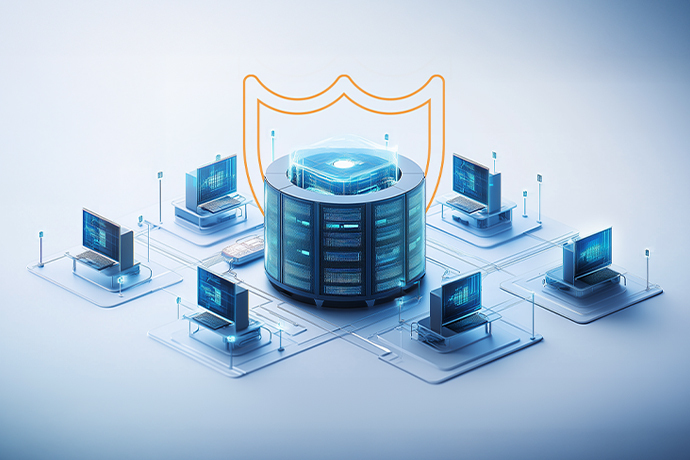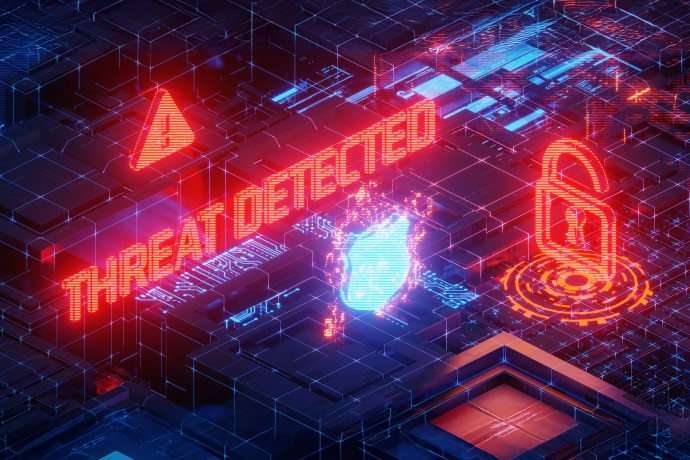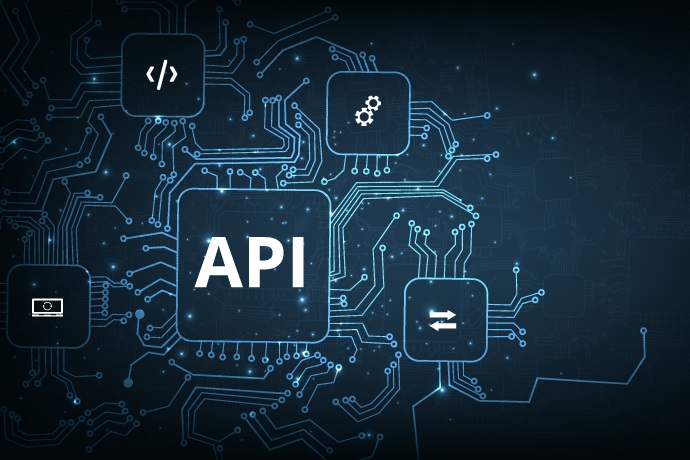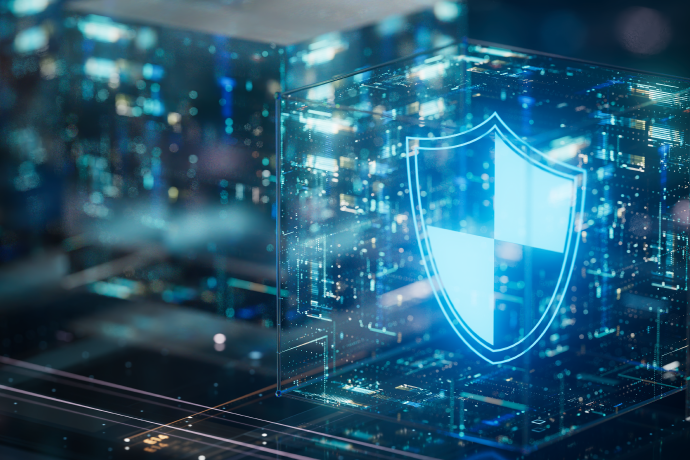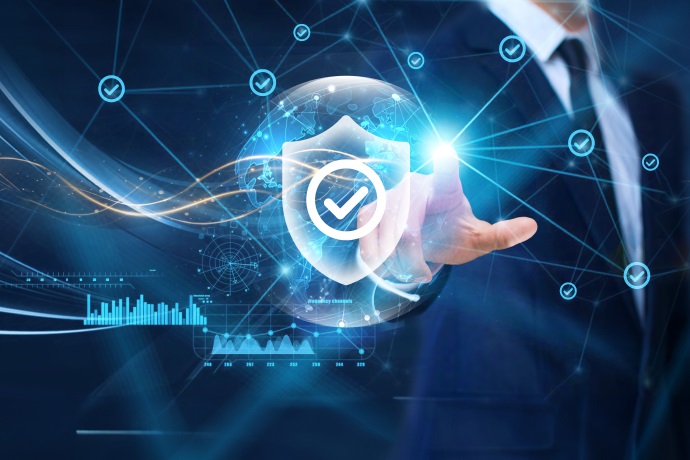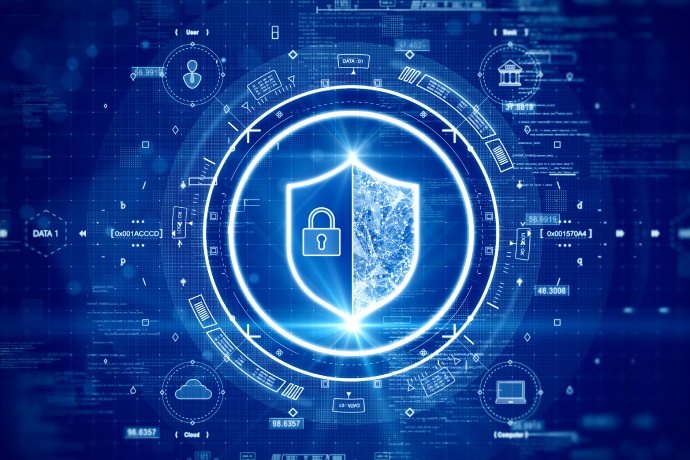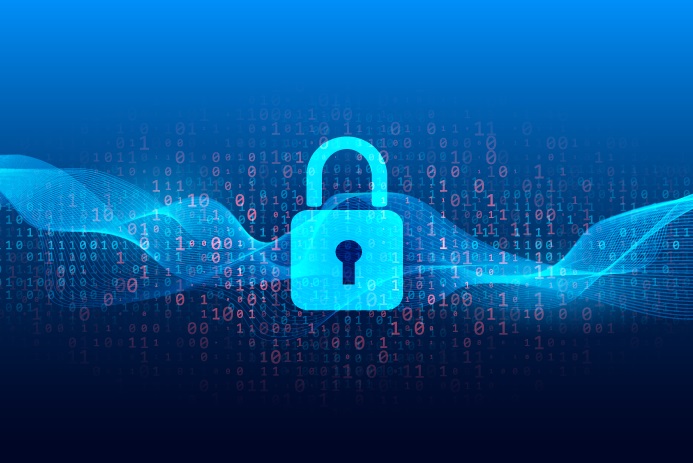The rise of remote work has transformed the way organisations operate, pushing IT teams to rethink how they secure employees accessing critical resources from disparate locations. Traditional perimeter-based security models are no longer sufficient in addressing the needs of a distributed workforce. Enter Secure Access Service Edge (SASE), a framework that integrates networking and security into a unified, cloud-delivered service. This model ensures secure, reliable access for remote employees while addressing the threats.
The Need for SASE
Remote work introduces several challenges for cybersecurity. Employees often access corporate networks from unsecured devices, home Wi-Fi networks, and public hotspots. This opens the door to risks such as phishing, malware, and data breaches. Additionally, the surge in cloud applications has blurred the boundaries of traditional network perimeters, making legacy security solutions like firewalls and VPNs insufficient.
SASE addresses these issues by combining Wide Area Networking (WAN) capabilities with comprehensive security functions such as secure web gateways, cloud access security brokers (CASB), zero-trust network access (ZTNA), and firewalls as a service (FWaaS). Delivered via the cloud, SASE enables companies to enforce consistent security policies across all endpoints, whether they are located in a corporate office, a home workspace, or a café.
Benefits of SASE for Remote Workforces
- Zero-Trust Security – SASE is built on a zero-trust framework that treats all users and devices as untrusted by default. Access is granted based on strict identity verification, continuous monitoring, and least-privilege principles. This ensures that remote workers access only the resources they are authorized to use, minimising the risk of insider threats or unauthorised access.
- Improved Performance and Reliability – With SASE services, data and applications are routed through the nearest edge location rather than backhauling traffic to a central data center. This reduces latency, ensures faster connections, and improves the overall user experience for remote employees.
- Scalability – Traditional security solutions often struggle to scale as organizations grow or adopt flexible work arrangements. SASE’s cloud-based architecture allows companies to scale seamlessly, adapting to the fluctuating number of remote users without compromising security or performance.
- Comprehensive Threat Protection – By integrating advanced security features like real-time threat detection, data loss prevention (DLP), and endpoint security, SASE offers holistic protection against known and emerging threats.
Best Practices for Implementing SASE
- Assess Network and Security Needs
Before implementing SASE, organisations must assess their existing infrastructure, identify gaps, and prioritize objectives. This includes mapping out employee access patterns, the applications they use, and the sensitivity of the data they handle. - Choose Right SASE Provider
The market offers numerous SASE solutions, each with distinct features and capabilities. Organisations should evaluate providers based on factors such as scalability, ease of integration, performance, and the breadth of security services. A provider with a proven track record and global presence can ensure consistent security for a distributed workforce. - Adopt Phased Approach
Transitioning to SASE is a significant undertaking. A phased rollout, beginning with critical use cases or high-risk user groups, allows organizations to test and refine the implementation before extending it to the entire workforce. - Enforce Zero-Trust Principles
Integrating zero-trust principles is at the heart of SASE. Organizations must implement strong identity and access management (IAM) protocols, enforce multi-factor authentication (MFA), and continuously monitor user activity for anomalies. - Monitor and Optimise Performance
Post-deployment, it is critical to continuously monitor SASE’s performance, gather user feedback, and optimize configurations. Regular audits help ensure that the system adapts to changing network demands and evolving threats.
SASE by Yotta’s Suraksha: Comprehensive Security for Modern Workforces
SASE by Yotta Suraksha offers a comprehensive set of tools to address the complexities of hybrid work environments. Features like Secure Web Gateway (SWG) protect against advanced web threats and encrypted traffic through web filtering, anti-virus, and data loss prevention. Firewall-as-a-Service (FWaaS) replaces traditional firewalls with next-generation cloud capabilities, including URL filtering and intrusion prevention.
Universal ZTNA enforces granular, application-level controls for secure remote access while minimizing attack surfaces. Additional features like the Next-Generation Dual-Mode CASB secure SaaS applications against shadow IT risks, and Software-Defined WAN (SD-WAN) optimises connectivity, ensuring smooth performance for remote users. Together, these features offer an integrated solution for enhanced security and productivity.
The Road Ahead
SASE is a game-changing approach to securing remote workforces, blending advanced networking and security into a single, cohesive framework. Companies that embrace SASE can ensure protection for their employees and trust in a distributed work model. Businesses that incorporate SASE into their broader IT strategies will be better equipped to thrive under constant change, ensuring a resilient, secure environment for continued growth.

